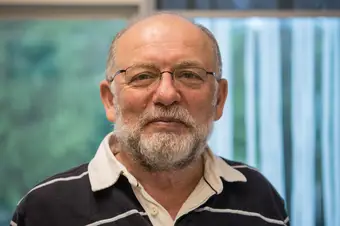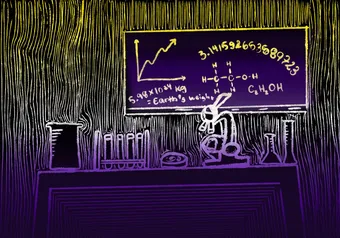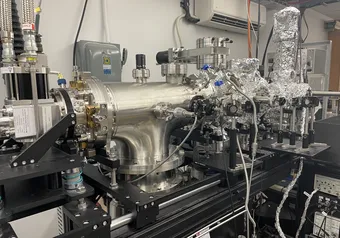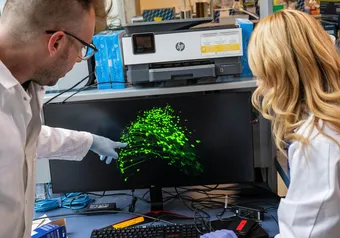An incredible amount of precision and accuracy is essential to building any machine. If this principle is ignored, it can cause a slew of problems. At the very least, it can cause your coffeemaker to overflow your mug — at worst, it can cause an airplane to fall apart. People like UBC mechanical engineering professor Dr. Yusuf Altintas, along with his team, are here to make sure the latter scenario is prevented by finding ways to make the manufacturing process more efficient.
Altintas’s work and research revolves around creating more efficient and precise methods of manufacturing parts for various industries. This typically entails creating better 3D modelling programs, designing controls for manufacturing robots or cutting metals more cleanly. At first glance, this may seem like relatively straightforward engineering, but the reality is a lot more cumbersome. It involves a lot of nearly flawless math, physics and many other complicated elements.
“We look at the modelling of the machine, the model of the machine’s operations, predicting force-torque power vibrations, surface finish, errors coming from the machine, computer control and so on. The aim is to predict the machine operations ahead of costly physical trials,” said Altintas. “Typically, airplane parts are machined from solid blocks of aluminum and titanium. If they vibrate, then everything is broken, so we predict cutting conditions without any vibration.”
Looking at Altintas’ record of accolades and titles really emphasizes how important his field’s work is. He’s received global recognition — from Canada to Japan — and most of his team’s work has regularly brought the attention of major aeronautics companies like Boeing and Bombardier.
Altintas is also the coordinator of the mechatronics program in the faculty of applied science and is the industrial research chair of the Natural Sciences and Engineering Research Council of Canada (NSERC).
His work doesn’t necessarily involve creating specific machine parts themselves. Altintas doesn’t focus on helping create a new kind of airplane part — he focuses on making them as high-quality as possible. In the end, the application of his research and tools is ultimately up to the companies that look at it and whatever they work on.
“We don’t care what kind of part it is — we don’t work on individual parts. We train them [in] how to apply it. We don’t do it ourselves because this is confidential stuff and we don’t touch anything confidential,” said Altintas.
Altintas also said that apart from matters of jurisdiction, working in such a way enables broader viewpoints and thus, better research ethic overall.
“All of these [projects] come from industrial needs,” he said. “I visit lots of factories. When you walk into the factory, the problems scream at you, but we can’t do any work specifically for one company. I convert [the issues] immediately in my mind [into a research project that applies] not only to one company but globally.”
Although Altintas takes pride in the work he’s contributed to manufacturing, he sees his job as a professor teaching students as equally important. This is especially true since, for the most part, his team is comprised of graduate students he’s personally recruited and mentored. Given the benefits his research has contributed to various industries, ensuring that top-quality work continues into the future is a no-brainer.
“One of the best awards I got was a teaching award for UBC. That’s very important because our primary job is to train students,” said Altintas. “One of my American friends said once, ‘a professor without teaching is like a musician without audience.’”
So the next time you look out the window of an airplane and see the jet engine, don’t just think about the complex intricacies, hard-effort and dedication that went into conceiving it. Think also about how the same elements went into the machines that put that one part together.
First online
Share this article








